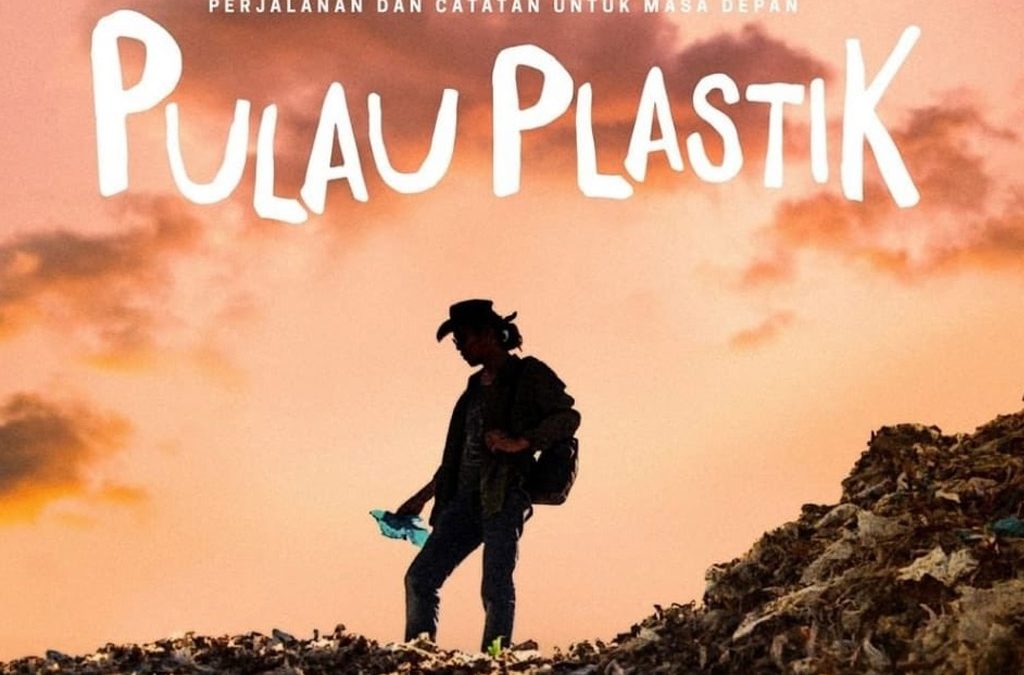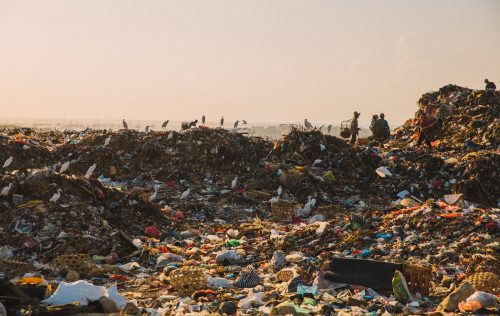Pulau Plastik: Uncovering the Threat of Plastic Pollution in Indonesian Islands

Photo Credit : Pulau Plastik
In today's article, we will review a documentary film about plastic waste that was made in Indonesia. This review is not intended to portray Indonesia in a negative light, but rather to provide insights for the readers of Coastal Web to understand the issues being faced and the actions that have been taken.
"Pulau Plastik" is a documentary currently available on Netflix. This film highlights a serious problem faced by Indonesia, namely plastic pollution that threatens the environment and surrounding marine life. The film takes viewers on a riveting and harrowing journey along Indonesia's beautiful islands, where the filmmakers reveal the negative impact of excessive plastic waste.
In this film, the filmmakers highlight how important awareness of this issue is and the efforts made by individuals and groups to combat plastic pollution. Viewers will see how local fishermen, coastal communities, and environmental organizations are working together to rid beaches of growing plastic waste. The film also illustrates how excessive plastic consumption and lack of adequate waste management infrastructure contribute to this problem.

Photo Credit : Pulau Plastik
In addition, the film also highlights the impact caused by microplastics, which are very small plastic particles that are released into the water and sucked in by marine animals. The filmmakers conducted extensive research and presented interviews with scientists and environmental experts that provided in-depth insights into the dangers of microplastics to marine ecosystems and humans.
Microplastics have serious impacts on humans and marine ecosystems. Here are some of the key impacts:
- Marine Ecosystem
- Microplastics can be sucked up by marine animals such as fish, crustaceans, and plankton. This can disrupt their digestive system and cause disruption to their health and reproduction.
- Microplastics can also accumulate in marine food chains. When predators eat animals contaminated with microplastics, those plastics can continue to accumulate and reach higher concentrations at higher trophic levels.
- Microplastics can also damage marine habitats such as coral reefs and seagrass beds. Microplastic particles that settle on the seafloor can inhibit the growth and function of organisms that live there.
- Human Health
- Microplastics can accumulate in seafood consumed by humans, such as fish and shellfish. If humans eat food contaminated with microplastics continuously, they can be exposed to harmful chemicals bound to plastics, such as bisphenol A (BPA) and phthalates.
- Studies have shown that chemicals contained in microplastics can cause negative effects on human health, including hormonal disruptions, reproductive disorders, inflammation, and respiratory diseases.
- Environmental Pollution
- Microplastics can also contaminate groundwater and surface water sources. They can reach environments far from their initial source through water flow and wind.
- This microscopic plastic waste is very difficult to remove from the environment, due to its small size and scattered throughout the marine ecosystem. This makes the problem of microplastics a complex challenge in waste management and environmental protection.
Through stunning visuals and a strong narrative, "Pulau Plastik" reminds viewers of the importance of awareness and collective action in tackling the plastic island problem. The film also highlights local initiatives and sustainable solutions underway to reduce single-use plastic use and improve waste management. Thus, the film not only provides knowledge, but also offers hope and motivates the audience to participate in protecting the environment and biodiversity on Indonesia's beautiful islands but threatened by invisible plastic islands.
There are some examples of some regions in Indonesia and initiatives undertaken to address the problem of plastic pollution:
- Bali: Bali is one of the most famous areas in Indonesia and also has a significant plastic pollution problem. To combat this, initiatives such as "Bye Bye Plastic Bags" have been launched by two Balinese teenagers, Melati and Isabel Wijsen. They started this campaign at a young age with the aim of banning the use of single-use plastic bags on the island.
- Wakatobi, Southeast Sulawesi: Wakatobi is known for the beauty of its coral reefs. To protect this fragile marine environment, Wakatobi Dive Resort and the Wakatobi Foundation and local communities have launched the "Wakatobi Plastic-Free" initiative. The program aims to reduce the use of single-use plastics on the island by replacing them with eco-friendly solutions such as stainless steel drinking bottles and fabric shopping bags.
- Lombok, West Nusa Tenggara: In Lombok, the Lombok Waste Free Movement Community (GeBeSa Lombok) has been active in overcoming the problem of plastic waste. They conduct beach clean-ups, education campaigns, and promote reuse and recycling as plastic waste reduction solutions.
- Jakarta: In Indonesia's capital, several initiatives have been launched to reduce the use of single-use plastics. For example, "Jakarta Plastic Bag Diet" is a campaign that encourages people to bring their own shopping bags and reduce the use of plastic bags in supermarkets. In addition, some restaurants in Jakarta have also taken steps to replace plastic straws with eco-friendly straws or eliminate them altogether.

Photo Credit : Pulau Plastik
These initiatives reflect the concrete efforts made by individuals, groups, and communities in various regions of Indonesia to fight plastic pollution. Through collaboration between governments, environmental organizations, and communities, they seek to create positive change in managing plastic waste and reducing its impact on the environment.
"Pulau Plastik" is a powerful reminder of the importance of awareness and collective action in tackling the problem of plastic pollution. The film also offers hope, highlighting local initiatives and solutions underway to reduce single-use plastics and improve waste management. Through captivating visuals and a strong narrative, the film invites the audience to reflect and act in protecting the environment and biodiversity on Indonesia's beautiful islands but threatened by invisible plastic islands.

